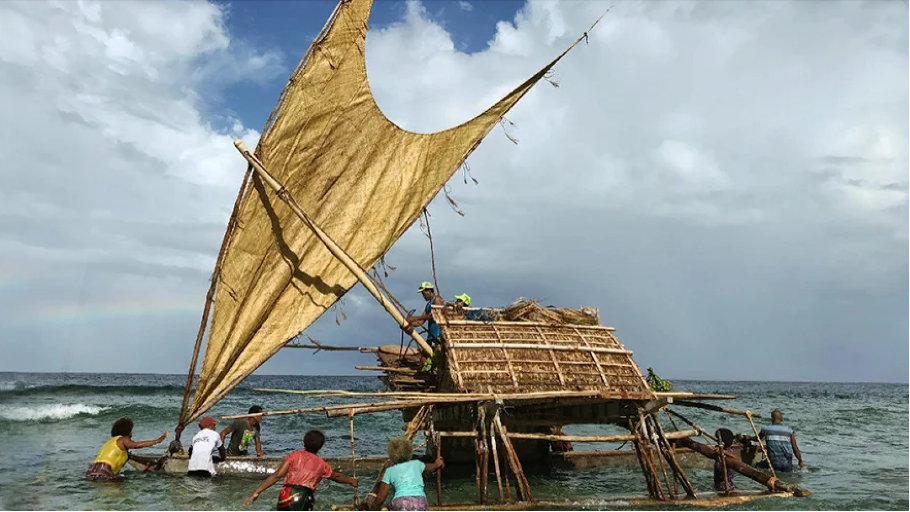Indigenous Archaeology: A Case Study in Southern Belize
- Ariana O'Brien

- Nov 9, 2022
- 2 min read
Updated: Jan 30, 2023

In the South of Belize lies a town by the name of Santa Cruz where the local community has begun to sow seeds of change and empowerment through collaboration and community involvement.
Working in collaboration with Santa Cruz community members on the Uxbenká Archaeological Project, graduate students, post-docs, and archaeologists have together developed a non-profit community-based organization: the Uchben’kaj K’in Ajaw Association or UKAA. As a student myself, I like this example of an Indigenous/collaborative organization because community outsiders are involved, but those with legal leadership and decision authority are all part of the Santa Cruz village. The organization protects the cultural heritage of the Maya people through land management of the Uxbenká region.
When community members not only get to be involved with but get to have control over archaeological sites and work, so much beauty can come from it. It may sound simple, but here’s an excerpt from the article that warmed my heart:
The goal of this system was to distribute the resources brought into the community by researchers to members of each family in the village. Engagement of the UAP with the UKAA included Saturday classes for children to learn about local archaeology (Parks 2010) which evolved into environmental and archaeological lessons (Baines 2016), a summer Agro-Ecology program for youth (Cortez 2016), and the NSF funded TEACHA educational program (Baines and Zarger 2012). Additionally, for several years a local Archaeology Day was hosted by the UAP and UKAA to show all community members the archaeological finds from that field season, and celebrate traditional cultural heritage with marimba music, dancing, and the consumption of locally produced cacao drink and tamales.
The Uxbenká Archaeological Project is a prime example of how the practice of Indigenous archaeologies is changing the field and academia. This project and site aren’t for western society to gawk at and study the “other,” they are for descendant groups to connect with their cultural heritage and ancestors on their own terms, build a stronger community in the process, and help to create a new kind of professional archaeologist. There is a positive impact and beauty to doing archaeology for the right reasons and for the people that it affects most.
When I was in Belize, every person of Mayan descent that I interacted with was so proud to be Mayan. You could tell that those employed at sites were so passionate about Mayan cultural heritage and archaeological history. I loved the raw history we were getting. Stories passed down for generations, it has so much more power than an outsider labeled an ‘expert.’
Referenced Works:
Thompson, Amy E., and Keith M. Prufer. "Archaeological Research in Southern Belize at Uxbenká and Ix Kuku'il." Research reports in Belizean archaeology 16 (2019).
https://anthropology.unm.edu/news-events/events/event/the-uxbenka-archaeological-project-1.pdf



Comments